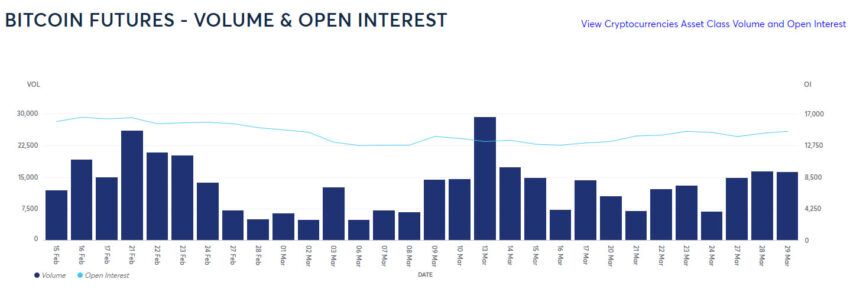6 Tips for Launching a Blockchain Startup • TechCrunch
These days, a blockchain startup entrepreneurs should expect to navigate challenging waters. Even in the best of times, entrepreneurs must both prepare for a bull market and be ready for possible bearish territory.
Having a solid roadmap, real-world use cases, and a war chest is just a small part of a blockchain startup’s survival strategy. Founders must also be aware that while non-crypto startups may offer useful and transferable launch strategies, the path to success in the blockchain industry is paved differently.
Here are tips every blockchain founder should consider before launching.
Keep market conditions in mind
Bear markets seem more attractive to blockchain companies looking to launch. But before they dress for winter, the founders must consider whether it is worth waiting to launch until market conditions are better.
In the web3 world of horizontal technologies, you will be running against the wind if you wait to build relationships until you have built a technology.
Evaluate your startup using the same criteria investors use during a bear market. Investors want to see a strong roadmap with deadlines and benchmarks that don’t just come and go without activity, as this is a signal to investors that a slow move is underway.
Evidence of a diversified war chest that you can draw from is key, especially when returns on locked-in assets are the main driver for achieving liquidity. Additionally, analyze the market situation from a technical point of view: Bear market is an attractive time to launch, but it is also a time to put your head down and focus on building your product.
Regardless of market conditions, leverage your rewards programs for loyal community members by offering stake rewards, airdrops, and giveaways without having to raise additional capital like the traditional business world.
Choose longer earning plans
In the non-crypto startup scene, it is common to include compensation packages as an incentive for employees to perform well. Blockchain startups do this during the pre-sale period of an initial coin offering using a method called vesting, where they lock and release assets (usually in the form of tokens) over a certain period of time. In doing so, they entitle their team, investors and advisors to certain assets such as pensions and stock options.
If you choose this path, set up the token calculations and vesting period for the gradual release of these tokens in a way that doesn’t put too much pressure on the token itself. Many crypto projects unlock and distribute tokens every three months and they find private investors who dump them on the market, which is bad for the team and the community. In turn, retail investors also start selling in advance because they know a dump is coming.
Choose longer earning plans – between three and five years – to show that you have a financial incentive to continue project development. Split the release of tokens: Release the private sales investor tokens one month, the advisor tokens the next month, and the team tokens one month later. If everything is in one month, the risk for retail investors will be too high.


